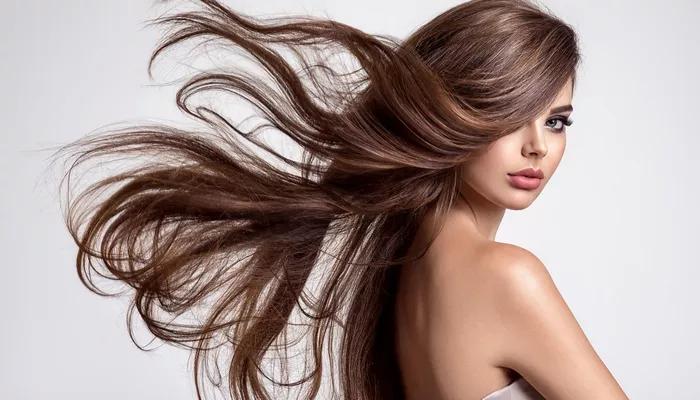Drying our hair after a shower or wash is a routine part of many people’s daily lives. However, some individuals may find themselves frustrated by the seemingly endless time it takes for their hair to dry. This article aims to delve into the reasons why certain hair types and conditions take longer to dry than others. By understanding these factors, you can gain insight into your hair’s unique characteristics and make informed decisions on how best to expedite the drying process. So, let’s explore the key reasons behind why your hair may take so long to dry.
Hair Texture and Porosity:
One crucial factor that influences hair drying time is its texture and porosity. Hair texture refers to the thickness and diameter of individual strands, while hair porosity refers to how well it can absorb and retain moisture. Coarse or thick hair tends to take longer to dry compared to fine hair due to the larger surface area and volume. Similarly, highly porous hair absorbs more water, making it slower to dry.
Environmental Humidity:
The surrounding environment plays a significant role in hair drying time. High humidity levels impede the evaporation of water from your hair, causing it to dry more slowly. In humid conditions, the air is already saturated with moisture, which hinders the drying process. Conversely, low humidity environments promote quicker evaporation, enabling hair to dry faster.
Hair Length and Density:
Longer and denser hair requires more time to dry as there is a greater surface area and more water to evaporate. The layers of hair can also trap moisture, prolonging the drying process. Additionally, tightly-packed hair strands in dense hair can impede airflow, further slowing down the evaporation rate.
Hair Health and Damage:
The overall health and condition of your hair can influence its drying time. Damaged hair, such as hair that is chemically treated or subjected to excessive heat styling, tends to be more porous and prone to moisture absorption. This increased porosity can extend the drying time as damaged hair has difficulty retaining moisture and requires longer for water to evaporate.
Blow-Drying Techniques and Tools:
The type of blow-drying techniques and tools you use can impact the speed at which your hair dries. High-quality hair dryers with higher wattage and advanced heat settings can expedite the drying process. Additionally, using a concentrator nozzle to focus the airflow directly onto sections of damp hair can help speed up drying by maximizing heat distribution.
Absorbent Properties of Hair Products:
The hair products you use after washing, such as shampoos, conditioners, serums, and leave-in treatments, can affect the drying time. Certain products may contain ingredients that add extra moisture to the hair, increasing the drying time. It’s advisable to choose lightweight or quick-drying formulations specifically designed to minimize drying time.
Hair Care Routine:
The way you care for your hair before and during the drying process can impact how long it takes to dry. Gently towel-drying your hair before blow-drying can remove excess moisture, reducing the overall drying time. Avoid rubbing or vigorously towel-drying as it can lead to friction and damage. Additionally, properly detangling your hair before drying can help improve airflow and promote faster drying.
Conclusion:
The time it takes for your hair to dry can vary significantly depending on various factors, including hair texture, porosity, environmental humidity, length, density, health, blow-drying techniques, and hair care routine. By understanding these influences, you can develop strategies to optimize the drying process for your specific hair type. Consider experimenting with different products, techniques, and environments to find the most efficient way to dry your hair without causing damage. Remember, patience and proper care are essential to maintaining healthy, beautiful hair while minimizing drying time.


